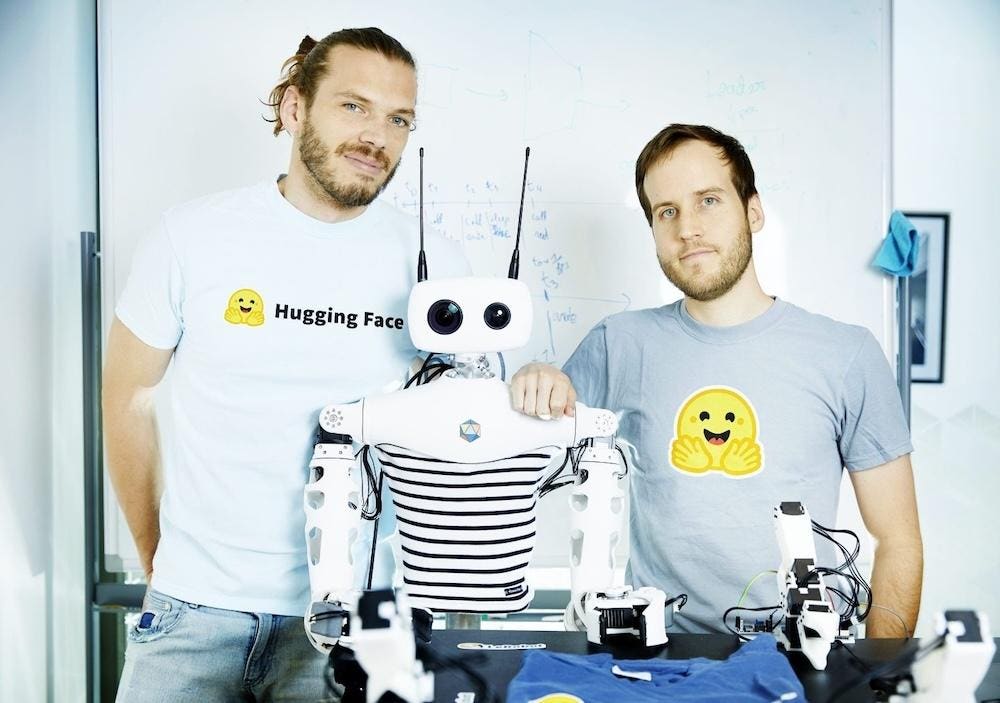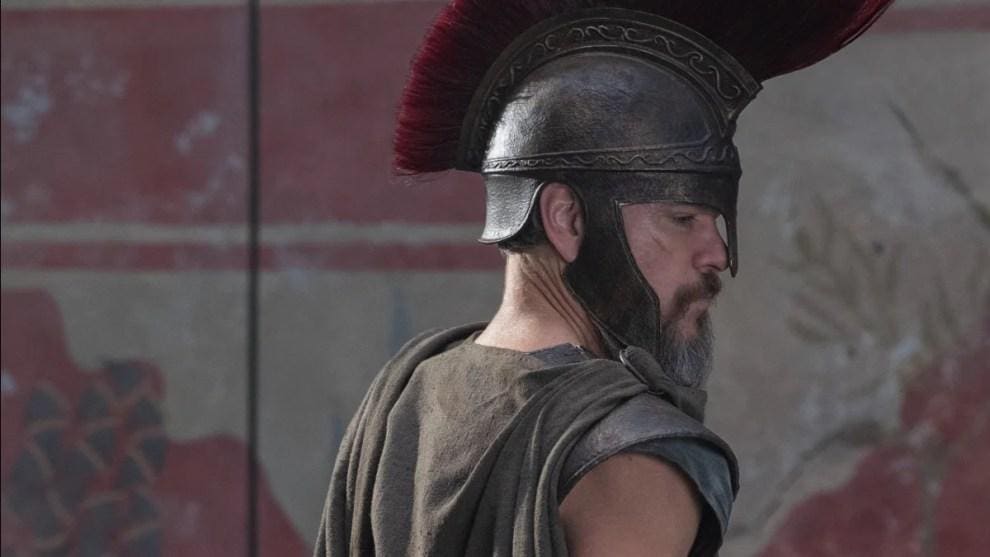A Waymo operates in Phoenix, AZ. This region is where Waymo first took members of the public for rides and has the most experience.
getty
A Waymo robotaxi has been involved in a tragic crash in Tempe, Arizona involving a motorcycle and a hit-and-run human driver. The crash has ironic parallels (though in reverse) to Cruise’s non-fatal pedestrian crash, and in an additional strange coincidence, took place just 2 miles from the site of the first robocar related fatality, which involved an Uber ATG self-driving vehicle in 2018.
A Waymo with no passengers was driving on Rural Road near Arizona State University in Tempe and slowed to make a right turn into a parking lot, presumably to pick up its next passenger. Waymo confirms turn signals were on (as they always are with a robot.) The Waymo detected pedestrians on the sidewalk and blocking the driveway it wanted to enter, and so it was slowing to a stop. (Initial speed on the 35mph road was below the limit, and the vehicle was planning to turn at a very slow speed when it switched to needing to stop for the pedestrians.)
Waymo reports the motorcyclist traveling behind the Waymo did not slow sufficiently in turn, and hit the rear end of the Waymo vehicle. Another car, human-driven, was moving up in the lane to the left. This vehicle hit the motorcyclist within a second, who ended up in front of the Waymo, which came to an immediate stop after detecting the impact on its rear.
The driver of the other vehicle which hit the motorcyclist reportedly fled the scene. Waymo cars are always recording video of their surroundings, and Waymo provided the licence plate of the fleeing vehicle to the police. The Waymo vehicle remained stopped and connected to their remote operations team. Waymo does not know if they were the first to call for first responders but they normally will try to contact them as soon as possible in any situation like this. The crash took place at 1:30am on Sunday morning.
Tragically, the motorcyclist died at the hospital. Waymo states “We are deeply saddened by this event and we are fully cooperating with law enforcement and regulators. We are heartbroken by this tragedy and our deepest sympathies are with the family and loved ones of the individual who lost their life.”
Robocars and Fatalities
This is is the third fatal incident where a robocar was involved. The first, as noted, took place just two miles away in 2018 with an early prototype made by Uber. This vehicle had a negligent safety driver who was ignoring the road, and was later convicted of negligence for doing so, though Uber also acted badly in managing and training their safety drivers. Uber made a settlement with the victim’s family.
The second was in January of 2025, but barely involved the empty Waymo, which was simply stopped at light when a speeding car crashed into the Waymo and 6 other vehicles in a chain reaction, killing one person and a dog, and injuring several others. Because the Waymo was simply sitting at a light, the autonomous driving systems played no role.
In this crash the Waymo was moving, though slowly. It is a reality that drivers are sometimes surprised by cars that slow to turn into driveways, or which stop because pedestrians in the driveway require that. That seems the likely reason the motorcycle driver may have hit the Waymo. Under vehicle law it is very unlikely fault would be assigned to the Waymo for being rear-ended in this way, unless it did something notably erratic.
It’s even possible that the driver who hit the motorcylist could not have avoided doing so, as it happened within one second, according to reports. However, they will probably face severe consequences for fleeing the scene if and when apprehended. Because robocars (or indeed many cars with dashcams) are constantly recording in situations like this (or all the time) fleeing the scene is generally extremely foolish.
The Cruise Crash
Passenger gets in a Cruise robotaxi with no driver aboard. Cruise was pulled from the roads after an injury incident started by a hit and run human driver.
Cruise
It wasn’t so foolish for the hit-and-run driver who instigated the incident which led to the downfall of G.M.’s Cruise division. For unknown reasons, they were never apprehended. It was never disclosed what happened with the video of that vehicle and its plate, but police never made an arrest. It was dark but it should have been possible to get the plate. Some have speculated the vehicle might have been stolen, but the real reason has not been disclosed.
In that crash, things began with the human driver hitting a pedestrian who was crossing against the light. That driver fled, but the crash threw the pedestrian into the path of a Cruise vehicle, which ran over her. Nobody faulted Cruise up to that point, but unfortunately the Cruise vehicle decided it had hit the pedestrian on the side, and so she would not be under the vehicle. It then decided to immediately pull over, and in doing so, dragged the victim under the car, causing more injuries. Fortunately the victim recovered and got a large payment from Cruise, but Cruise did not recover–for this crash, and the way they handled reporting it, they were removed from the roads by the DMV, and never returned.
Reports suggest that the reason the Cruise pulled over immediately was they had faced regular complaints from San Francisco first responders about not acting quickly enough to get out of roads when they were blocking them. The suggestion is that they moved to program the car to try to pull over immediately, rather than waiting for human guidance as should be the rule after a crash. The Waymo car stopped immediately and did not move.
Update: In the future, it’s possible in some situations like this one, a robocar might be capable of superhuman reactions to prevent a crash like this. The vehicle could notice that the motorcycle is not braking quickly enough and will hit. With no passengers aboard and no traffic ahead, it might apply the full torque of its electric motors and zoom past its planned turn, circling to come back later. No human could do this, we can’t be looking in both directions doing instant physics, and a robot couldn’t always do it, but in the future I anticipate moves like this will help prevent crashes–Waymo already claims it’s very good at avoiding simulated crashes where human drivers previously failed.
What If The Robotaxi Did Have Fault In A Future Crash?
If the facts are as reported, Waymo has no fault in this event. Even so, as the volume of travel increases–Waymo is over 250,000 rides/week–some day there will be a fatality with fault attributable to a robocar. The reaction of society will be important to the future of this technology, which overall has data to show it is driving significantly better than humans, and thus significantly reducing the level of risk and injury on our streets, but not eliminating it.
Not eliminating it means things will happen. Robocars (and humans) from time to time will “phantom brake”–hit the brakes for what turns out to be nothing. It’s easy to see such a phantom braking causing a rear ending like this. Even though the law requires following drivers to keep enough distance to handle this, there will be questions if a mistake like this creates fault. And eventually there will even be a fatality where the robocar is fully and legally at fault. It will be tragic, and people naturally focus on events, especially tragedies, rather than statistics. Nonetheless, it would be an error to withdraw the robots from the roads in that situation, as was done with Cruise, because that will increase the risk on our streets rather than reduce it. This debate is coming, and will be important for the future of transportation, and of safety.









